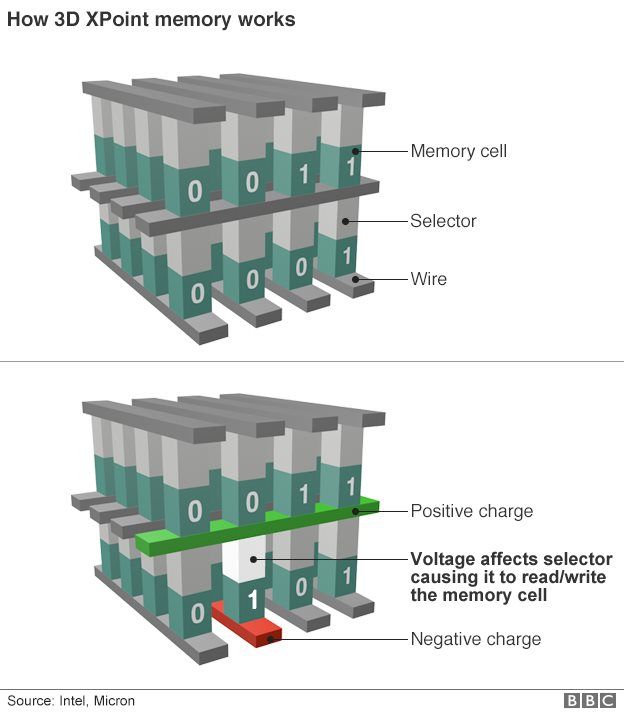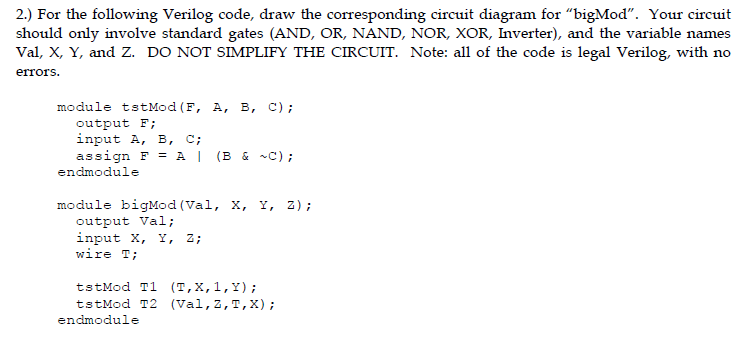
With an OR gate, if both inputs were 1, the output was 1. Just as the NAND gate could be thought of as an AND followed by a NOT, a NOR can be thought of as an OR also followed by a NOT. If neither input is 1, the output will be 0. If at least one of the inputs is 1, then the output will be 1. The OR gate has two inputs and one output. The symbol for NAND is the same as that for AND except for the addition of a small circle on the right side. The name NAND comes from joining NOT and AND. Its output is 0 when the two inputs are 1, and for all other cases, its output is 1. You can think of it as an AND gate followed immediately by a NOT gate.

The NAND gate behaves in the opposite fashion to an AND gate. The output is 1 if both inputs are 1, and for all other cases the output is 0. The AND gate has two inputs and one output. Tables listing all logical possibilities like this are known as truth tables. The two possibilities are written out in the table below. The NOT gate is also known as an inverter because the output is the exact opposite of the input. Additionally, you can rename an output by double clicking on its label. If you need more space, click on the "Full screen mode" button which will increase the size of the workspace to fill the size of the window. Input (solid circle) and drag away and release, or alternatively you can right click anywhere on the connection. To remove connections, you can click on the To delete nodes, click the small cross in the top right corner of its enclosing box. You can drag it to your desired position. The new node will be placed in the top left hand corner, and To add a new logic gate, or an additional input or output block, choose from the dropdown menu and then click "add node". This is our way of differentiating between 0 (off) and 1 (on). Click the on/off switch and see what happens.


Our "on/off" switch and "output block" aren't actually logic gates,īut they are required because they give us the 1s and 0s needed to see how the gates behave. On/off switch, and release the mouse when you are over the solid circle on the left side of the "output" block.įor each of the logic gates, outputs are hollow circles, and inputs are solid circles. To connect them, click and drag from the hollow circle on the right side of the You are presented with a simple on/off input and an output. NAND gates with two or more inputs are available as integrated circuits in transistor-transistor logic, CMOS, and other logic families.The demo above allows you to create sequences of logic gates to see how they behave when connected to various inputs and outputs. One way of expressing A NAND B is A ∧ B ¯. , a n) is logically equivalent to NOT( a 1 AND a 2 AND.

Digital systems employing certain logic circuits take advantage of NAND's functional completeness. It shares this property with the NOR gate. This property is called functional completeness. The NAND gate is significant because any boolean function can be implemented by using a combination of NAND gates. By De Morgan's laws, a two-input NAND gate's logic may be expressed as AB= A+ B, making a NAND gate equivalent to inverters followed by an OR gate. A NAND gate is made using transistors and junction diodes. A LOW (0) output results only if all the inputs to the gate are HIGH (1) if any input is LOW (0), a HIGH (1) output results. In digital electronics, a NAND gate ( NOT-AND) is a logic gate which produces an output which is false only if all its inputs are true thus its output is complement to that of an AND gate. The two additional pins supply power (+5 V) and connect the ground The TTL 7400 chip, containing four NANDs.


 0 kommentar(er)
0 kommentar(er)
